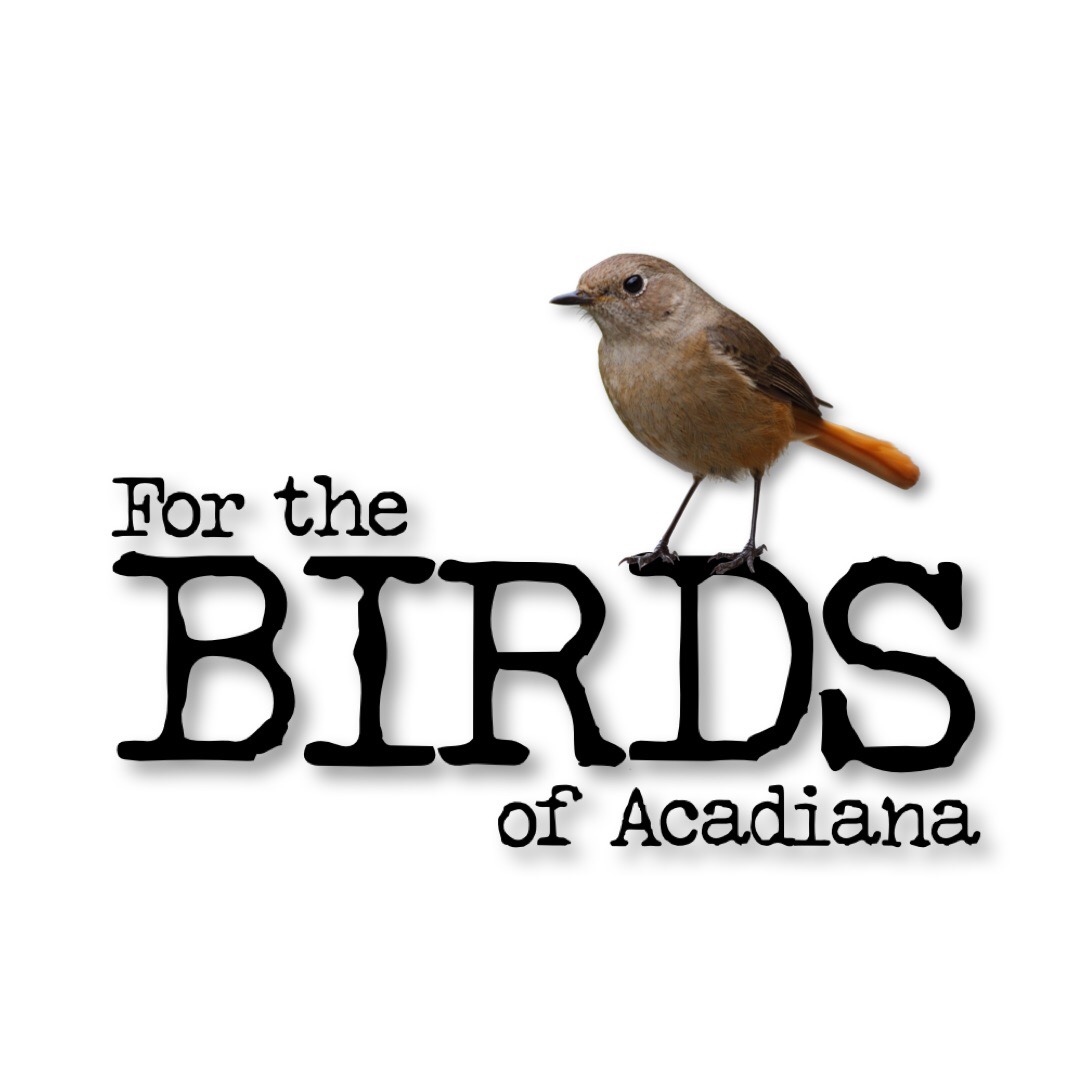Ay Caruncle! Understanding the distinguishing features of the Muscovy Duck.
- For The Birds

- Nov 10
- 4 min read
When you first see a Muscovy Duck, one feature immediately stands out: the red, bumpy protrusions on its head. These unusual growths often spark curiosity among bird watchers and nature lovers alike. We want to share about these red protrusions and why they are so important to the Muscovy Duck’s identity.

Muscovy duck with ducklings following close behind
What are the red protrusions on the Muscovy Duck’s head?
The red bumps you see on a Muscovy Duck’s face are called caruncles. These fleshy, wart-like growths are made of thickened skin and are most prominent around the eyes and bill. Caruncles are unique to this species and serve several purposes.
Caruncles are more developed in males than females, making them a useful way to tell the sexes apart. In males, the caruncles can cover much of the face and sometimes extend to the top of the head. Females have smaller, less noticeable caruncles.
These red protrusions are not just for show. They play a role in communication and mating. The bright red color signals health and vitality to potential mates. A male with large, vibrant caruncles is often more attractive to females, which helps him compete for breeding opportunities.
Why do Muscovy Ducks have caruncles while other ducks do not?
Muscovy ducks have caruncles, the red fleshy growths on their face, for several reasons: they are a natural feature for cleaning feathers by helping them preen, a tool for heat regulation, and a visual signal for mating. These caruncles are also unique to the species and grow larger with age.
Functional purposes
Feather cleaning: The caruncles contain oil glands that are activated when the duck bathes. When the duck preens, it rubs its face on its feathers, which helps it apply the oil for waterproofing.
Heat regulation: The caruncles help the ducks regulate their body temperature.
Mating and social signals: The size and color of the caruncles can indicate a male's health, age, and genetic quality, with brighter, more pronounced caruncles being more attractive to females.
Other reasons
Protection:
The caruncles on the neck of male Muscovy ducks can develop in response to repeated injuries from fights, acting as a form of armor.
Appearance:
Caruncles are a distinctive feature that can make it easy to identify a Muscovy duck from other species.
Muscovy Ducks are quite different from most other duck species. They belong to their own genus, Cairina, and have several unique traits. The caruncles are one of these distinctive features.
Unlike many ducks that rely on colorful feathers or vocal calls to attract mates, Muscovy Ducks use these fleshy growths as a visual signal. This difference likely evolved because of their habitat and behavior. Muscovies are native to Central and South America, where dense forests and wetlands make visual signals more effective than sound.
The caruncles also help Muscovy Ducks recognize each other. Since these ducks often live in groups, the unique patterns and size of caruncles can help individuals identify one another
How do caruncles develop and change?
Caruncles develop as the duck matures. Young Muscovy Ducks have smooth faces without these bumps. As they grow, the caruncles begin to appear and become more pronounced, especially in males.
The size and color of the caruncles can also change with the seasons. During breeding season, the red color intensifies, making the males more noticeable. Outside of breeding season, the caruncles may become duller and less swollen.
Interestingly, caruncles can also reflect the duck’s health. A bright red color usually means the duck is in good condition, while pale or shriveled caruncles might indicate illness or stress.

Eye-level view of a Muscovy Duck with large red caruncles
Other distinguishing features of the Muscovy Duck
While the red caruncles are the most striking feature, Muscovy Ducks have other traits that set them apart:
Size and posture: Muscovies are larger than many common ducks, with males weighing up to 15 pounds. They have a more upright posture and longer legs.
Feather patterns: Their feathers are usually black and white with iridescent green or purple highlights, giving them a glossy appearance.
Behavior: Unlike many ducks, Muscovies are quieter. They don’t quack but make hissing or cooing sounds.
Feet: Their feet have sharp claws that help them perch on trees, a behavior uncommon in most ducks.
These features, combined with the caruncles, make the Muscovy Duck easy to identify in the wild or in domestic settings.

The red protrusions on the Muscovy Duck’s head are more than just a curious oddity. They are a key part of the duck’s identity, playing roles in communication, mating, and health. For bird enthusiasts, these caruncles offer a fascinating glimpse into how nature shapes species in unique ways.
Your support can make a significant difference in the lives of the birds we help. By donating, you contribute to our mission of rehabilitation and release, ensuring that we can continue our vital work. Every contribution, no matter how small, helps us provide the resources and care needed for successful rehabilitation.
How You Can Help
Make a Donation: Your financial support directly impacts our programs.
Spread the Word: Share our mission with friends and family to raise awareness.
Donate Today!
Join us in making a difference. Click the button below to donate and help us continue our important work:





Comments